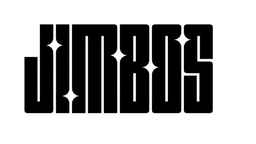The Ultimate Guide to Paint Correction – Tools, Techniques, and Pro Tips
Swirl marks, haze, water spots—it’s all fixable. Whether you’re a weekend warrior or a full-time pro, this is your go-to guide to paint correction. Learn how to polish paint safely, restore gloss, and protect your finish using the right tools and techniques.
What Is Paint Correction?
Paint correction is the process of using an abrasive polish and machine to remove imperfections in the vehicle’s clear coat. This includes:
- Swirl marks
- Scratches
- Oxidation
- Water spot etching
- Buffer trails or haze
Start Here: Product System That Works
At Jimbo’s Detailing, we designed a simple, smart paint correction system built around one liquid and two pads:
- Picture Perfect Polish – pad-dependent correction & finishing
- Cut & Finish Pad – high-correction, low-dust swirl removal
- Black Finishing Pad – for gloss enhancement and soft paint
📚 Must-Read Posts in This Hub:
✅ Technique & Tool Breakdown
- How to Remove Swirl Marks Without Burning Paint
- Rotary vs Dual Action Polishers – Pros and Cons
- The Best Pad Combo for One-Step Correction
- Can You Polish a Car with Just Microfiber Pads?
✅ Paint Type & Conditions
- How to Correct Black Paint Without Leaving Haze
- Does Your Paint Really Need Correction—Or Just a Good Detail?
- How to Polish a New Car Without Damaging the Clear Coat
✅ Environment & Risk Management
✅ Advanced Techniques & FAQs
- Compound vs Polish – Do You Really Need Both?
- Wet Sanding vs Polishing – What’s the Difference?
- Polishing a Coated Car – What You Need to Know
- Why Paint Correction Must Be Followed by Protection
🧰 Your Correction System (Everything You Need)
- Picture Perfect Polish
- Cut & Finish Pad
- Black Finishing Pad
- Gloss Boss – Wipe-On Ceramic Coating
- Tough As Shell – Spray Ceramic Protection
Related Hubs You Might Like
- Ceramic Coating Hub – Compare coatings, durability, and application tips
- Car Washing Hub – Safe wash techniques to prevent re-swirling your paint
Need Help? Ask Jimbo
Still unsure what polish or pad to use for your vehicle? Drop a comment on my YouTube channel or shoot me a DM on Instagram @jimbosdetailing.
Paint Correction FAQs
Can I remove swirl marks without a machine?
Some light defects can be reduced by hand, but true correction usually requires a DA polisher and a proper pad/polish system.
How many times can you safely polish a car?
Depends on paint thickness. Most vehicles can handle 3–5 full corrections in their lifetime. Less is more when using modern products.
Do I need to compound and polish?
Not with pad-dependent products. Use a smarter one-step polish and vary your pad instead of switching liquids constantly.
What should I do after polishing?
Always protect your results with a ceramic spray or coating. Tough As Shell is a great option for fast, durable protection.



